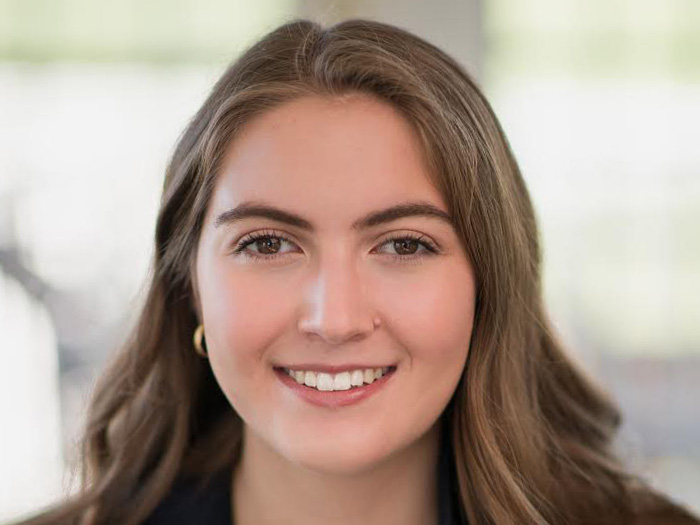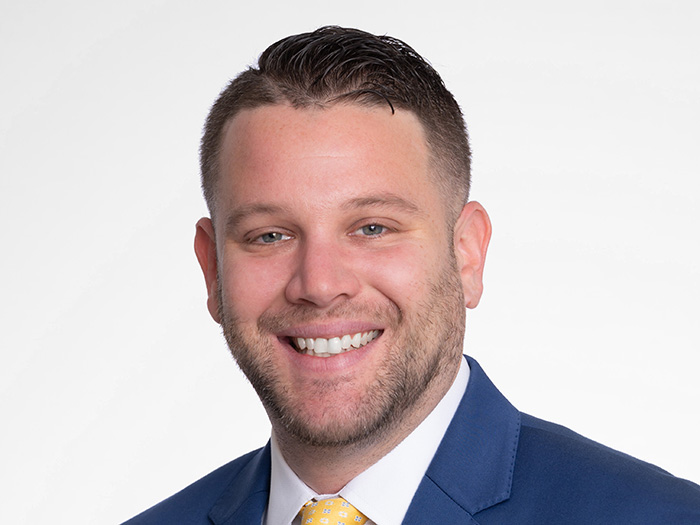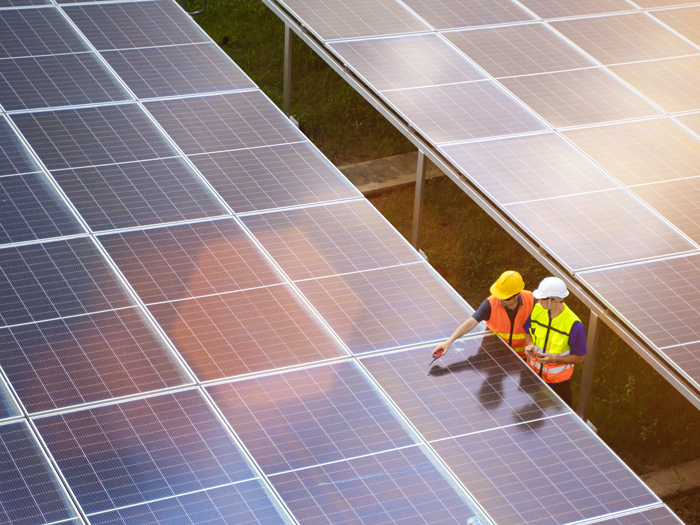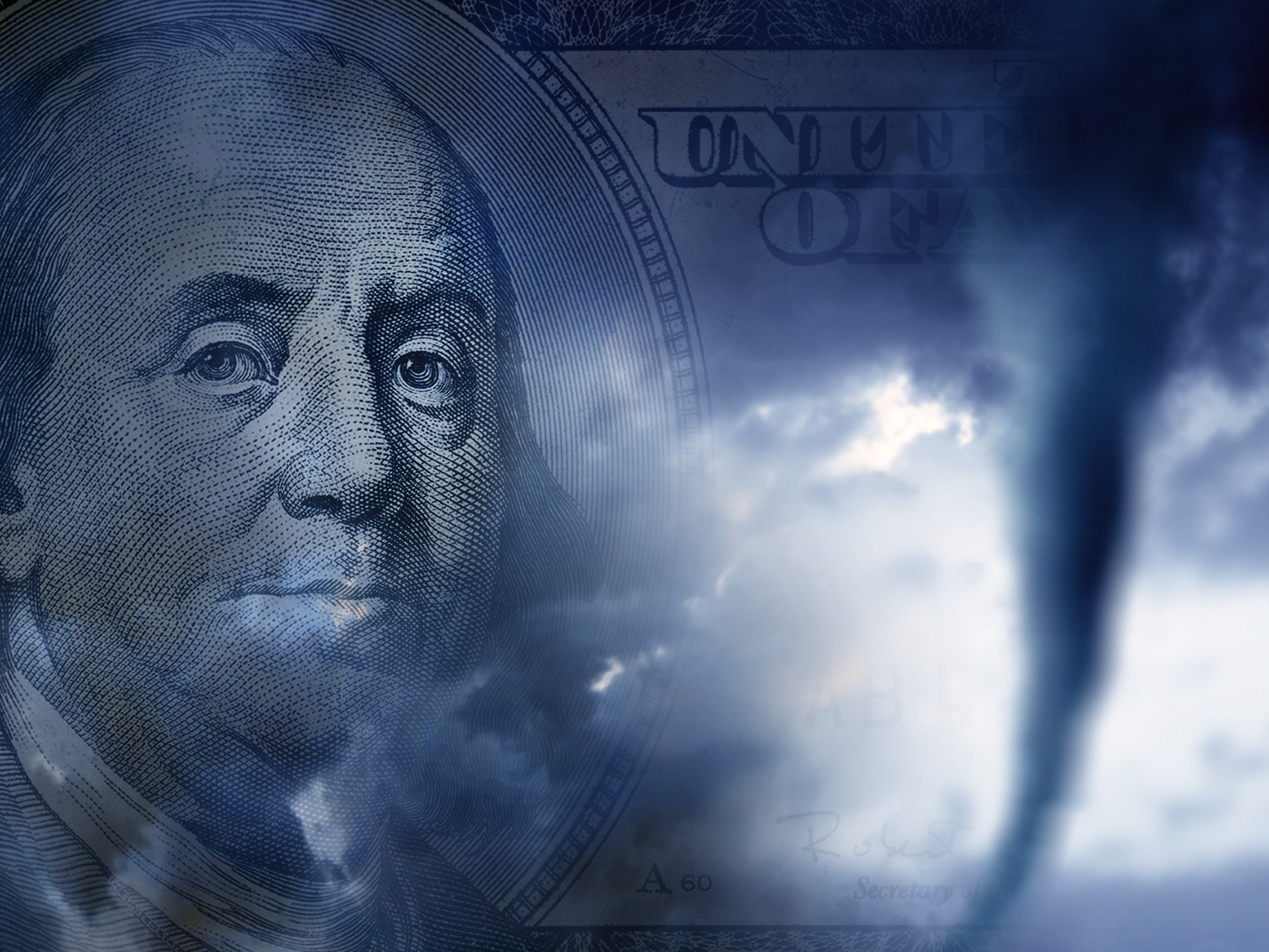8 Questions for Delos Insurance CEO Kevin Stein
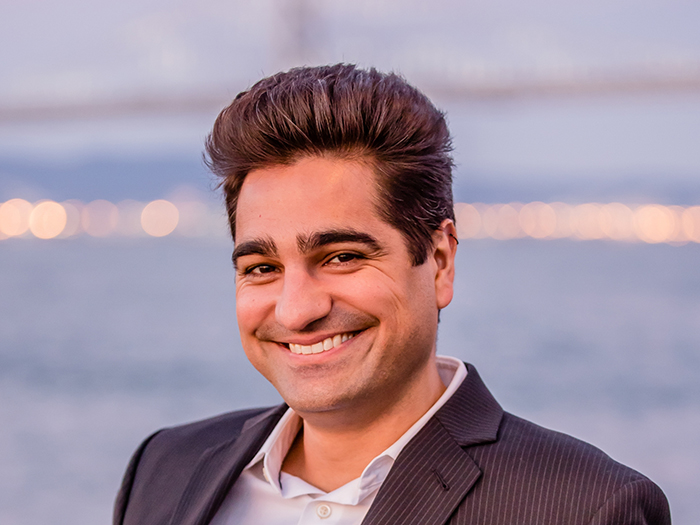
Delos Insurance is staking its claim as an underwriter that can enter and compete in the face of wildfire exposures that make underwriting property in the State of California such a dicey proposition.
In April, Risk & Insurance® contributor Jon McGoran caught up with Kevin Stein, CEO of Delos Insurance, to get his take on the company’s approach and prospects. What follows is a record of that discussion, edited for length and clarity.
Risk & Insurance: How would you describe Delos’s niche/business model?
Kevin Stein: In this era of climate change, it is our view that the traditional approach of a generalist carrier using a third-party data model for evaluating catastrophe exposure is no longer a viable solution. A radical new approach is needed and that is what Delos offers.
We vertically integrate catastrophe and climate modeling expertise into all levels of an MGA — from our view of an individual risk through to portfolio-level exposure. We do this by marrying our expertise with data from our full suite of wildfire models to aggregate and analyze exposure and concentration to drive profitability.
This combination is why we can provide insurance for low-risk homes in wildfire areas, because we know which homes are actually low-risk.
R&I: How is climate change impacting the nature of risk?
KS: Climate change is making catastrophes more destructive and evolving them at a significantly faster pace. Third-party data models used by insurers often have too long of an iteration cycle — up to five years in some cases — to keep pace with new wildfire behavior.
In contrast, it takes Delos only six weeks after a new type of wildfire behavior evolves to understand what datasets would enable intelligent prediction of that behavior, source those datasets, and re-run our model with that data in the input set and the new behavior in the loss event set.
While it is understandable that generalist insurers want to have a few years of loss history from the market to justify any underwriting changes, in the last five years alone we have seen three new types of wildfire behavior in California: big wind-driven urban conflagration in 2017, expansion of that type of fire into new geographies in 2018, and dry lightning ignition events in 2020.
This constantly changing behavior pattern means that third-party data models can often be out of date with regard to the true exposure.
R&I: How are the accelerating effects of climate change impacting the way insurers do business?
KS: We are seeing more and more carriers looking to avoid writing wildfire directly. This is resulting in the overall risk capital community looking to put capital behind experts such as Delos, who are focused both on understanding this peril and tailoring profitable portfolios based on that knowledge.
It is a new structure that allows for fast adaptation and reaction to reflect true exposure in a way that the traditional structure cannot.
And it is why the capital community sees companies such as Delos being important players in how the industry needs to change in response to climate change.
R&I: How do you see the role of MGAs changing?
KS: We are seeing MGAs evolve in two ways. First, MGAs are becoming more and more specialized in their offerings, and we expect this trend to continue.
Second, admitted carriers will increasingly look to MGAs to serve as their non-admitted market partners and provide solutions that stabilize carriers’ portfolios and solve their concentration problem.
Delos is part of both these trends, with our climate underwriting and portfolio management expertise being sought out by homeowner insurers who have signed us on to be their non-admitted market for non-renewal business.
R&I: How is Delos able to write affordable coverage for risks that other insurers have over-priced or refused to cover at all?
KS: Delos’s approach of scientific expertise integrated into an MGA gives us a distinct competitive advantage. For example, we have determined that out of the approximately six million homes across 13 states that struggle to find insurance because of wildfire risk, only three million or 50% are actually exposed.
It is an analysis that has averaged 90-95% accuracy over the past four fire seasons and, due to the accuracy of our analysis, we have not insured a home yet that has burned.
R&I: How does Delos create its own risk models, and how does that impact your business?
KS: We leveraged our wildfire science and aerospace engineering expertise to develop a suite of wildfire models that includes a novel geospatial AI algorithm.
This algorithm analyzes three-dimensional information — though some layers have a time element so it’s almost four dimensions — in a way that understands locality affects.
The algorithm is also able to ingest significantly larger amounts of data than traditional models, so we have over a hundred data layer inputs, many of which are outputs of proprietary sub-tier models.
By continuously updating our data sets with new information, we can pivot quickly and revise our model in weeks.
R&I: What is the difference between “wildfire-stressed” areas and “wildfire-exposed” areas?
KS: The difference is that there are far more homeowners struggling to find insurance (wildfire-stressed) than are actually exposed. The reason for this includes both regulatory and business influences.
Large carriers use modeling companies to avoid wildfire exposure, which narrows their criteria of accuracy down to how many homes classified as low or medium risk burned down.
To protect that level of accuracy, they need to bake in uncertainty of new wildfire behavior that may result before their next iteration and become more conservative to cover any inaccuracies in their model.
The result of this dynamic is a much larger stressed area than actual exposed area, opening a very large opportunity for companies such as Delos that truly understand that exposure.
R&I: Are there other areas of insurance where you think Delos’s model could be applied?
KS: Delos is currently writing home insurance in California focusing on specific risks, but we’re in the process of on-boarding products for many different sectors of the home insurance market.
Our next expansion would be to any other real asset in wildfire-exposed areas, including commercial property, construction, farm, crop, etc. And after completing our platform for wildfire areas, we will move on to other perils, starting with hurricane. &





